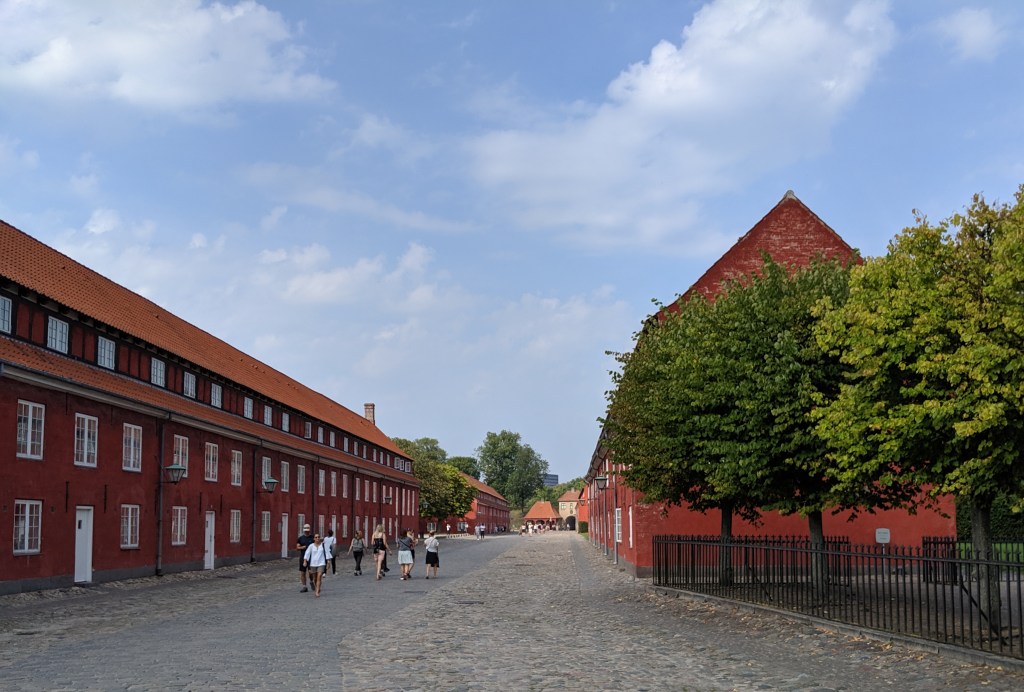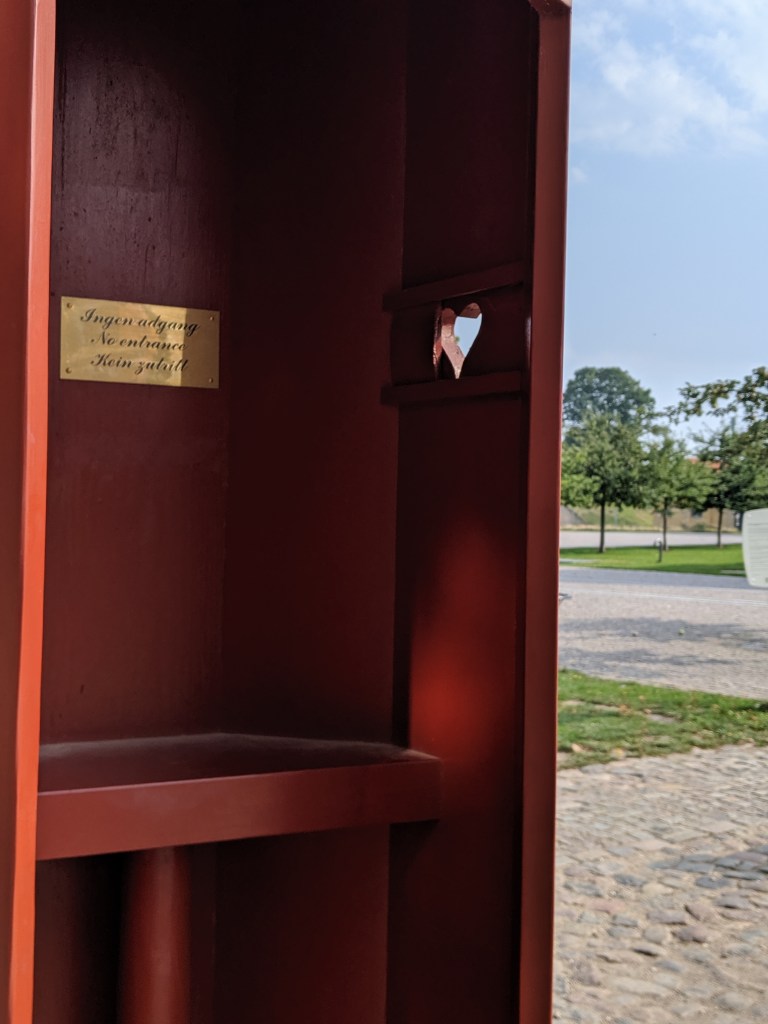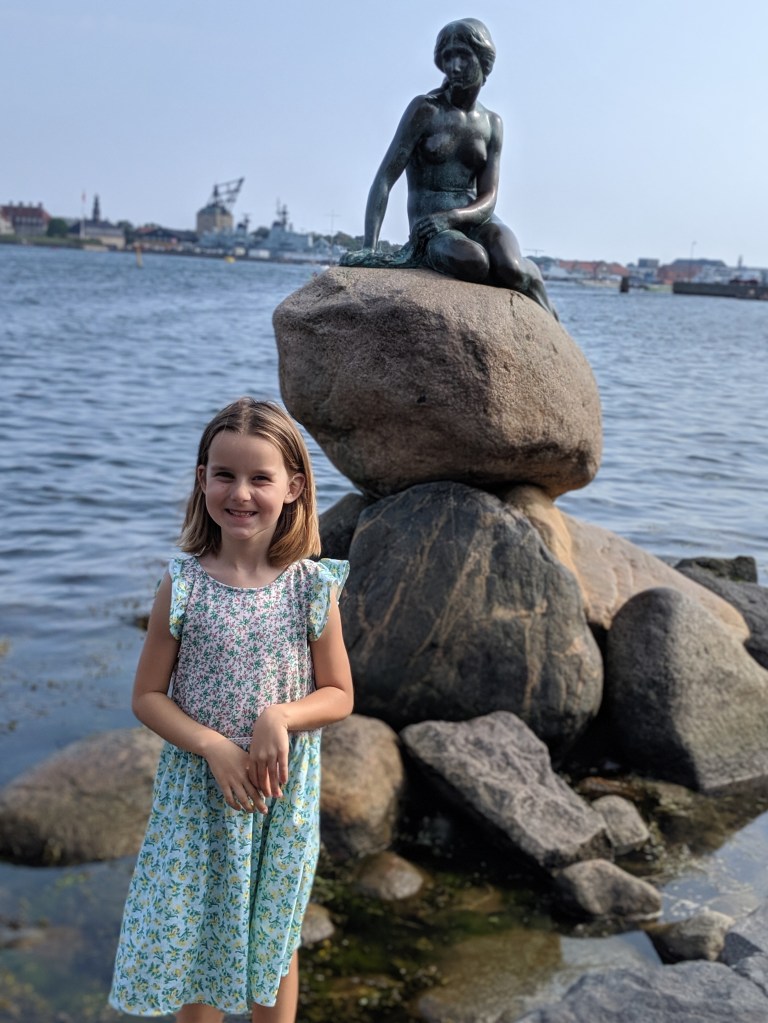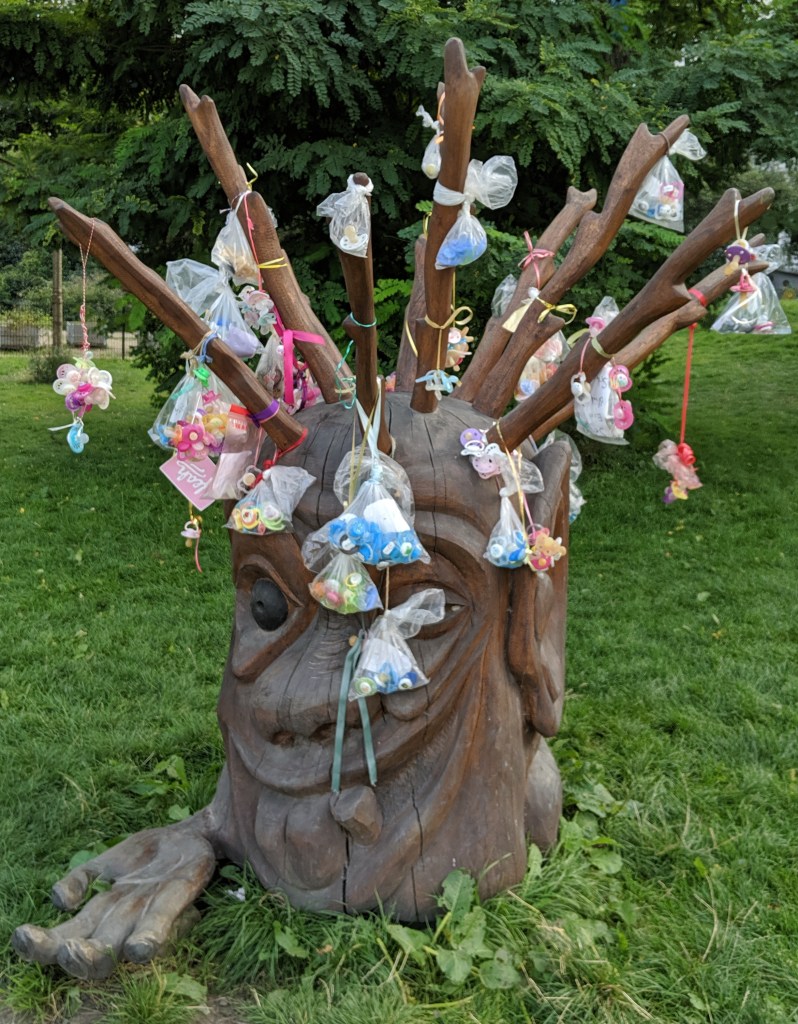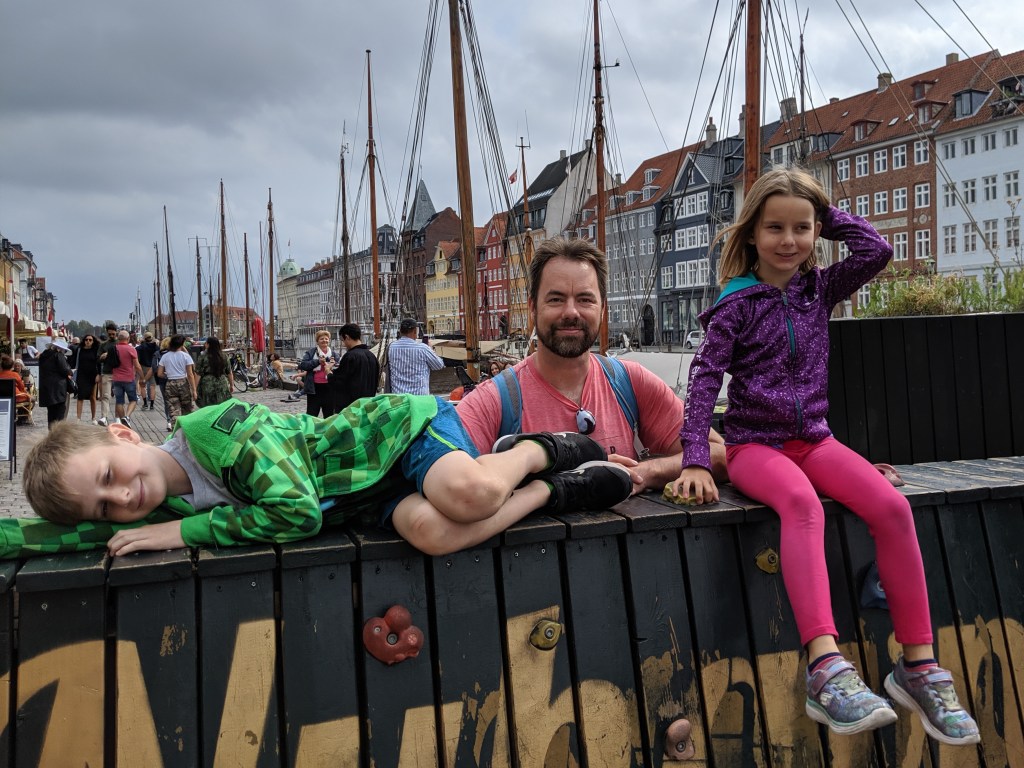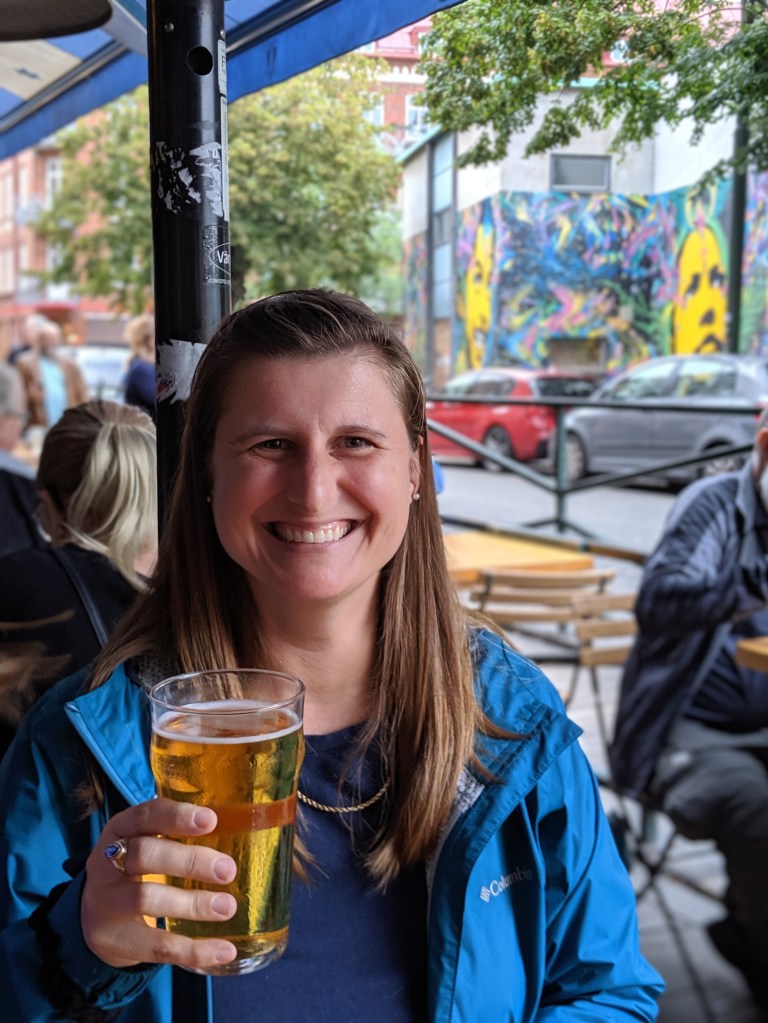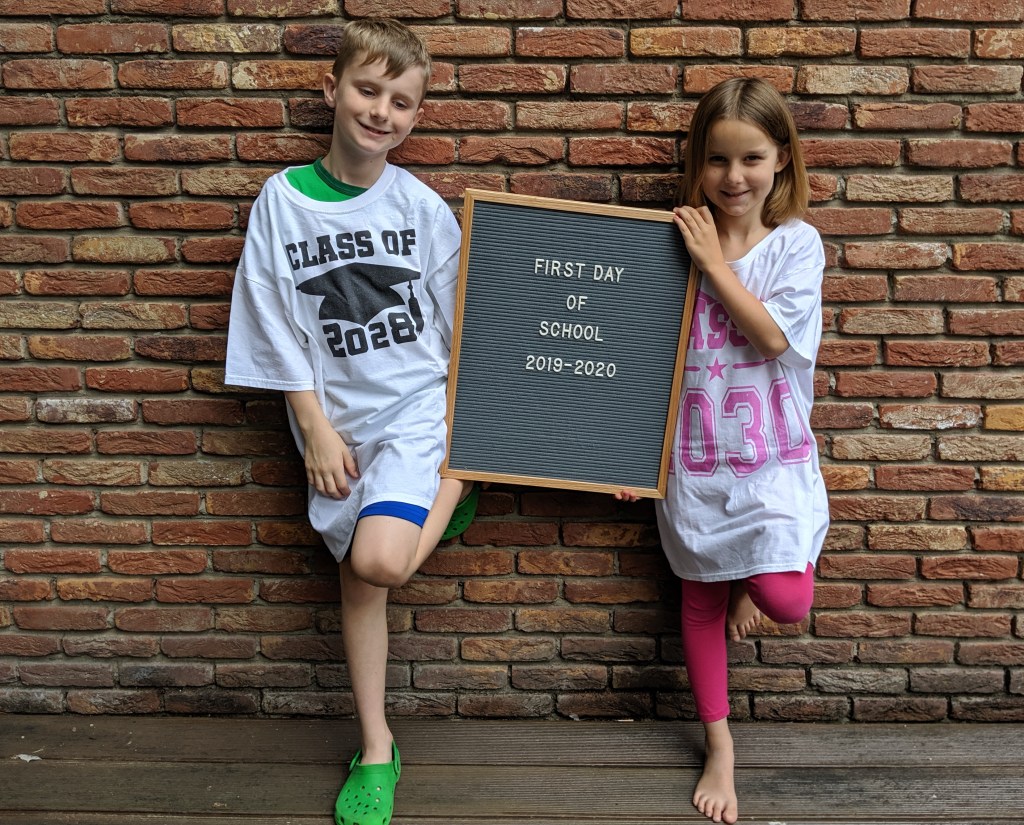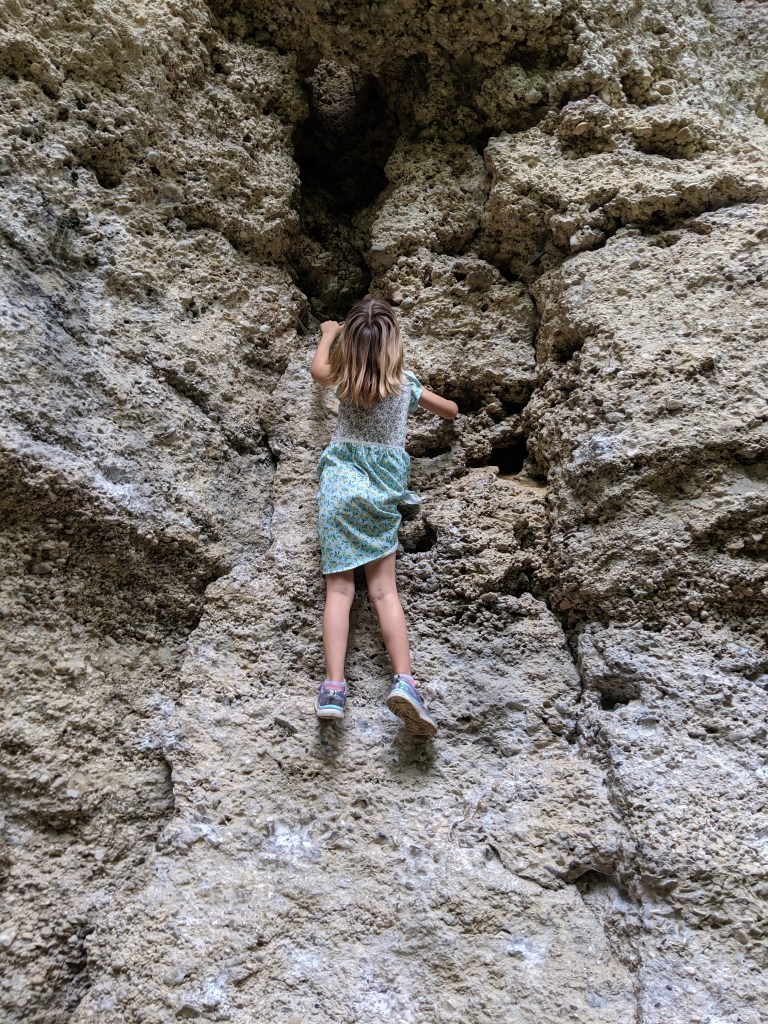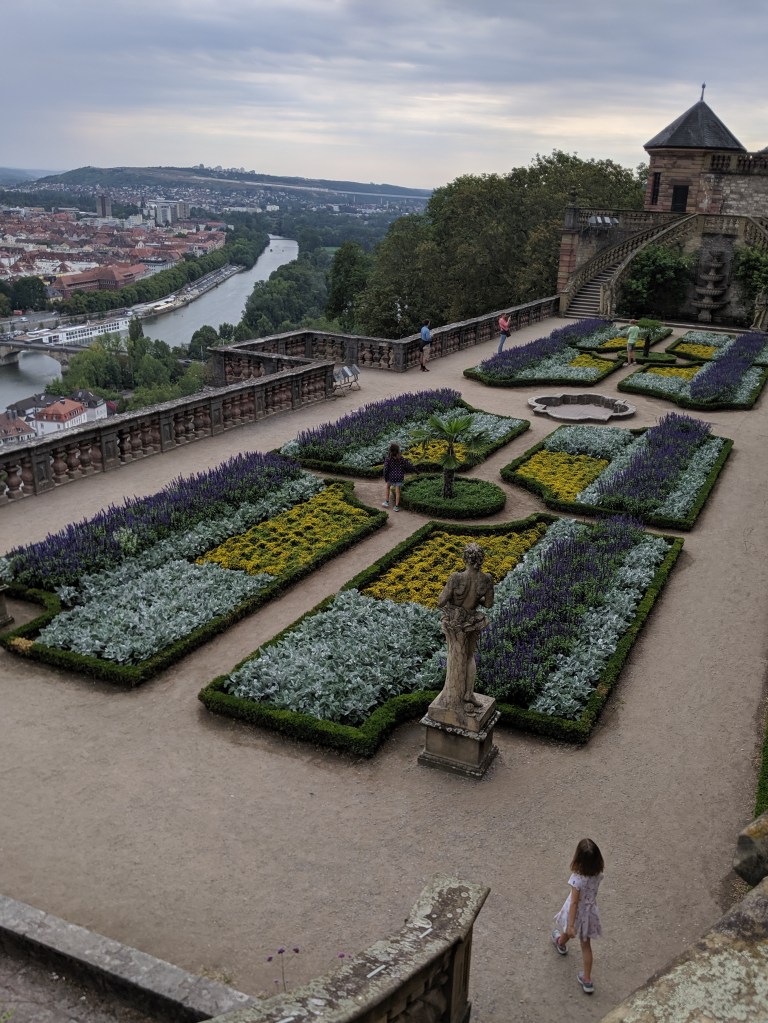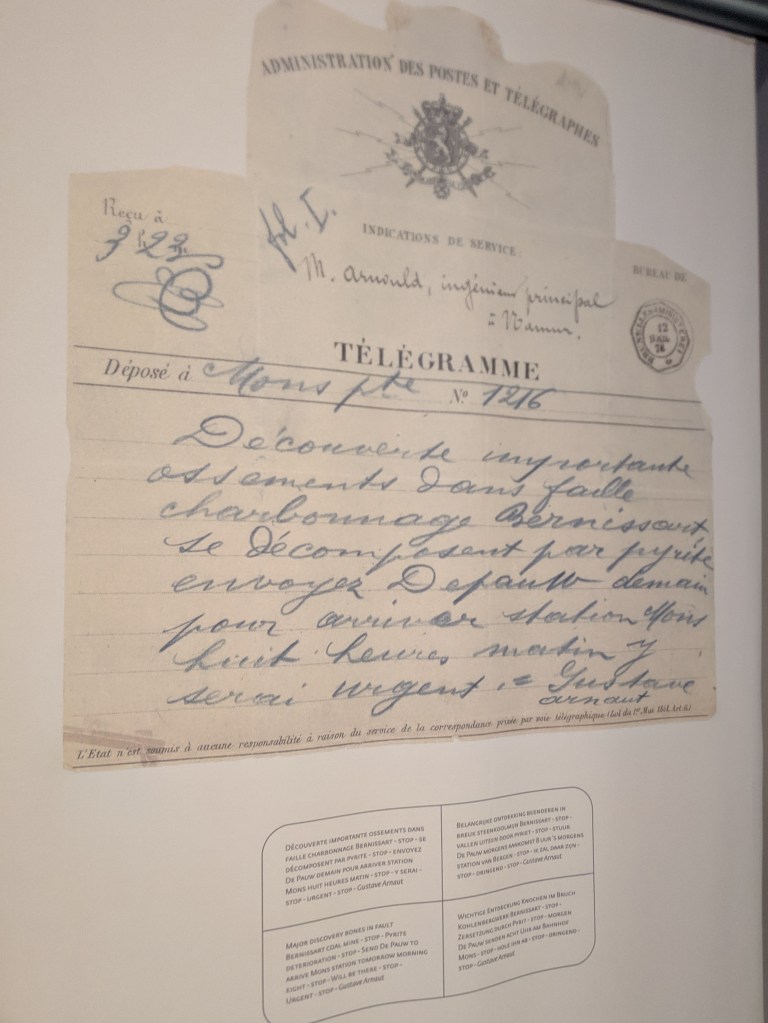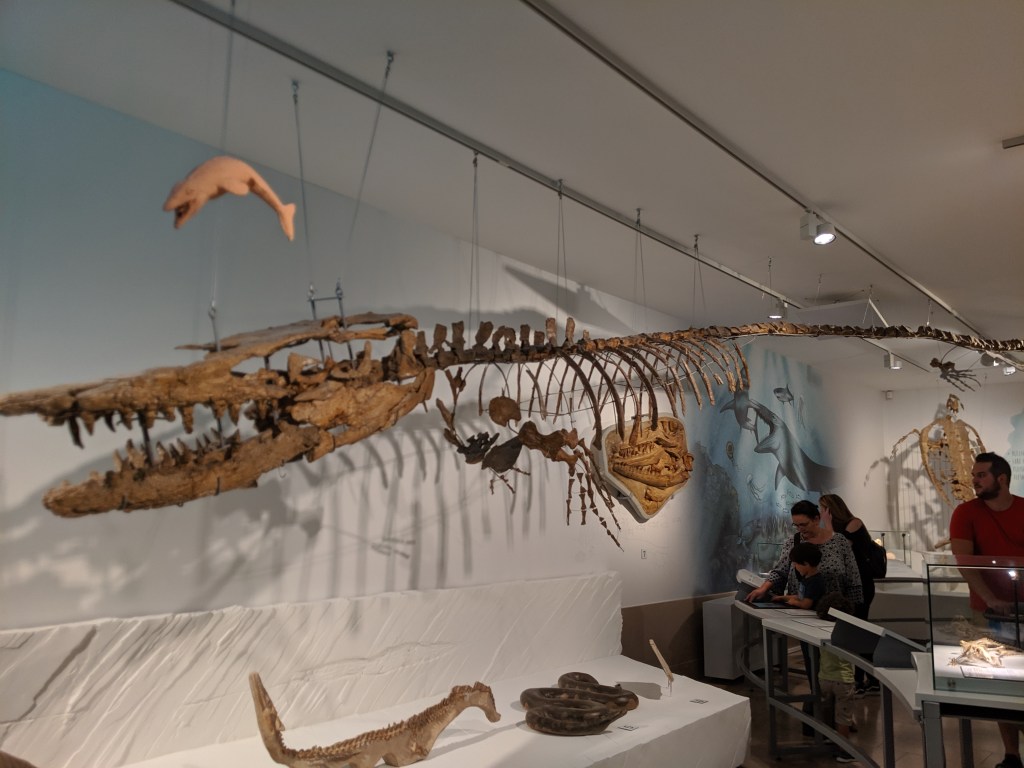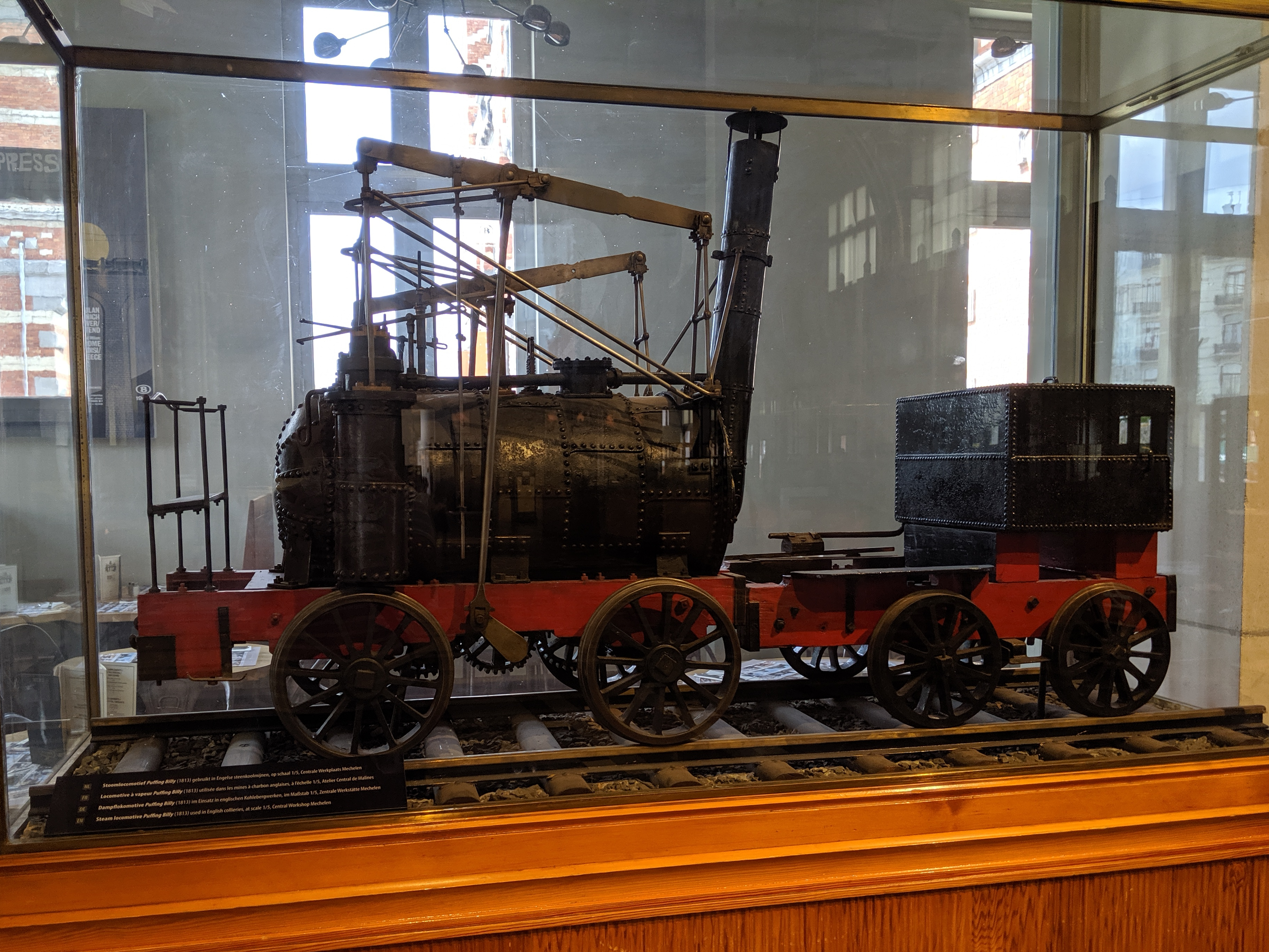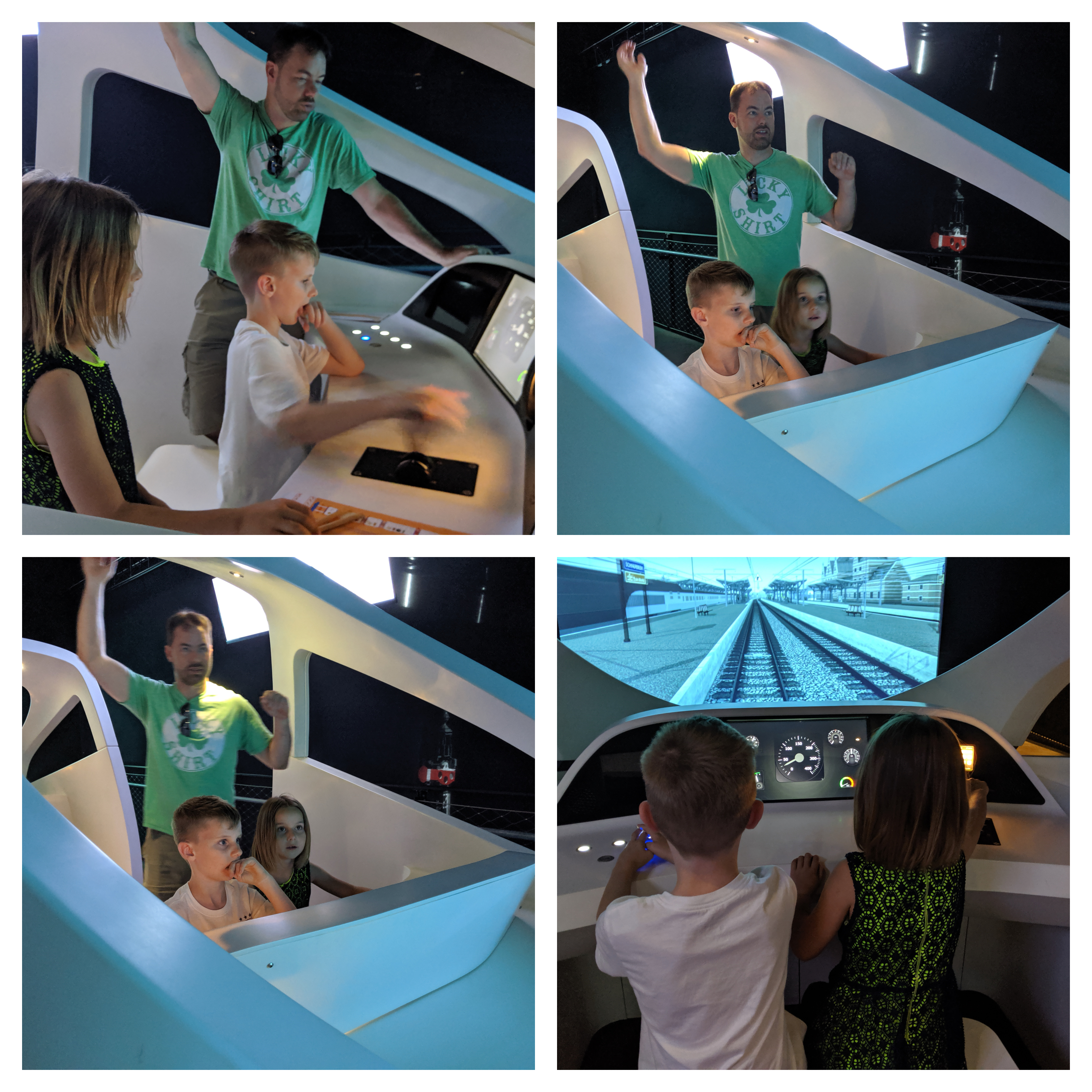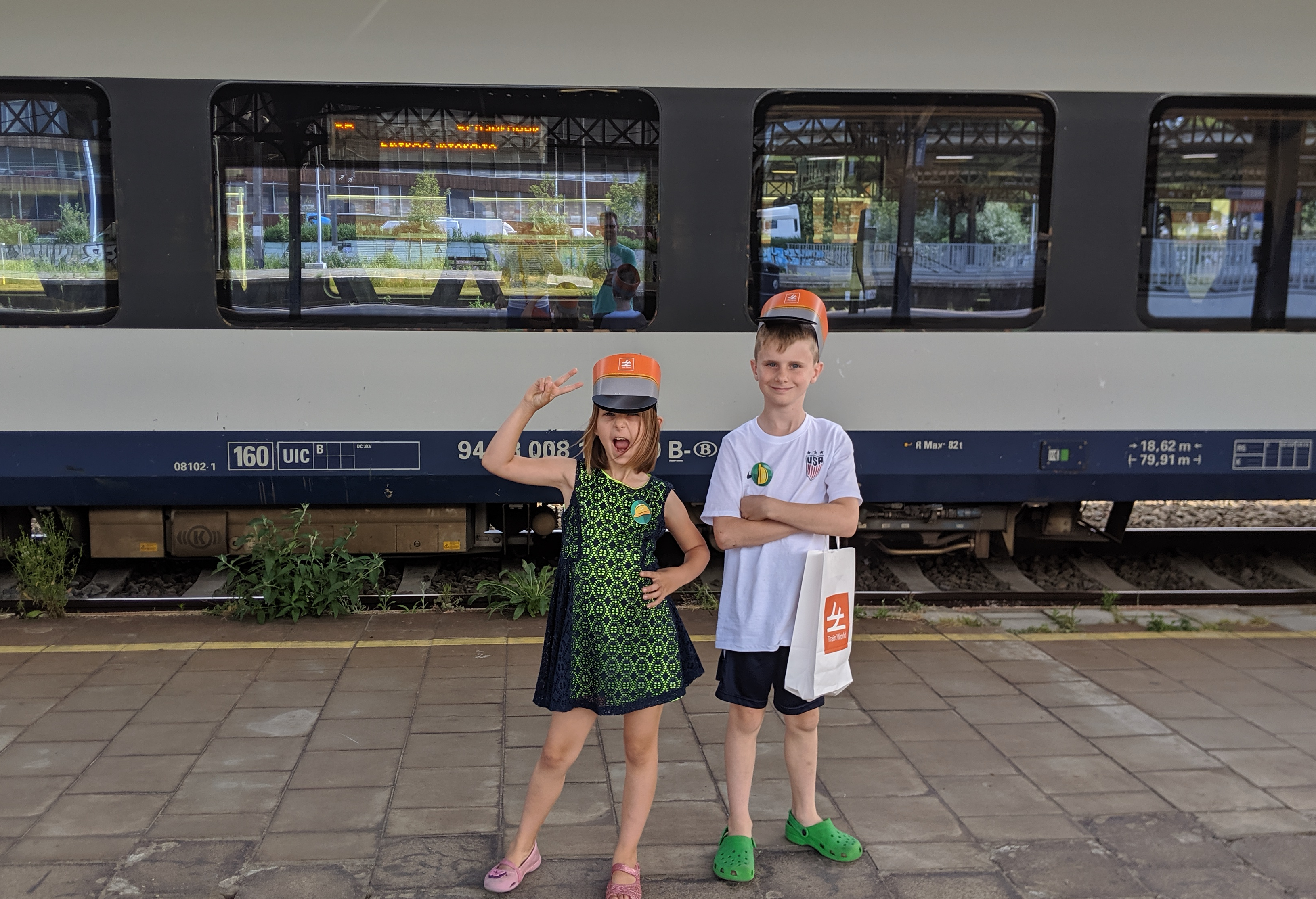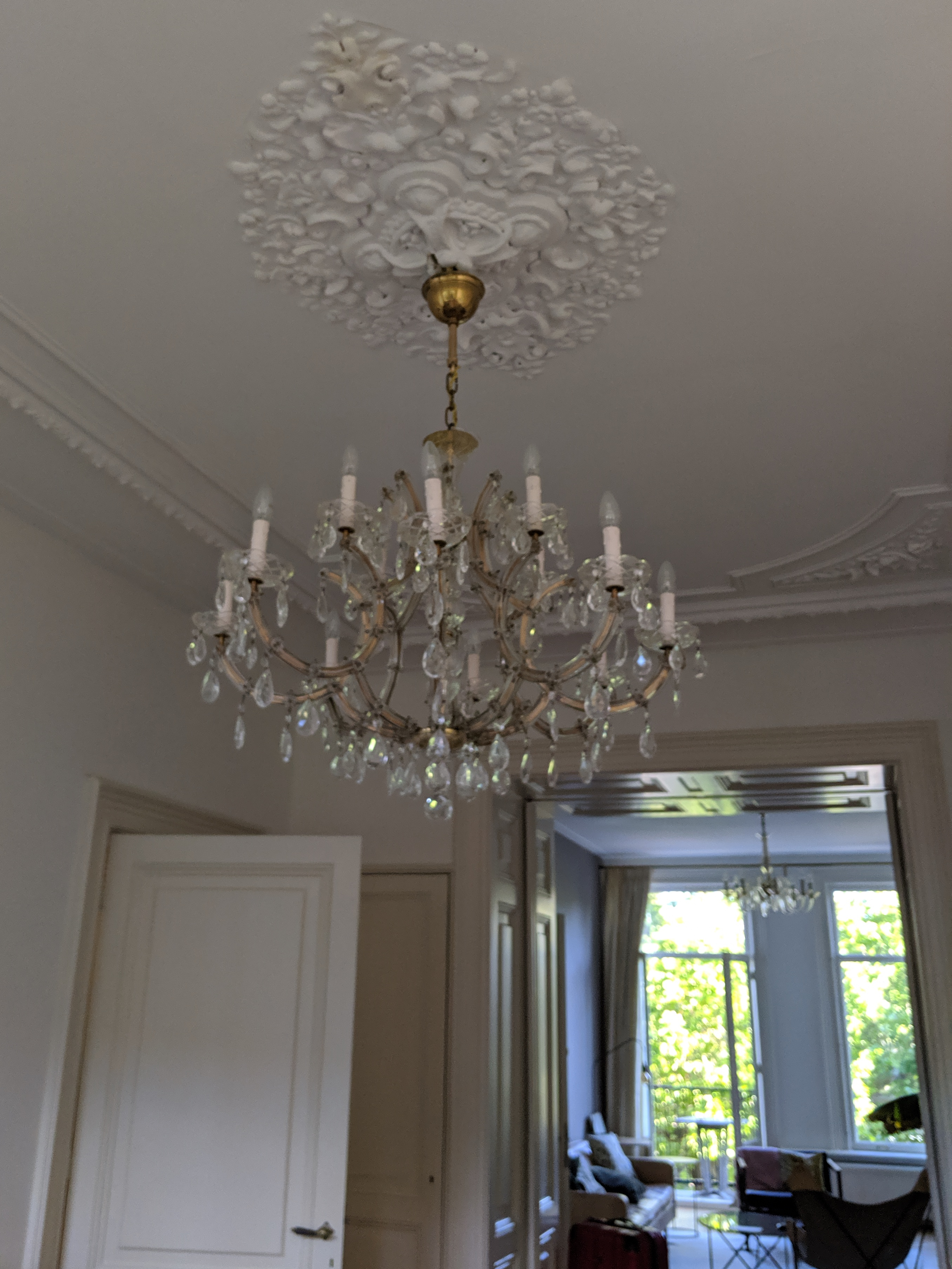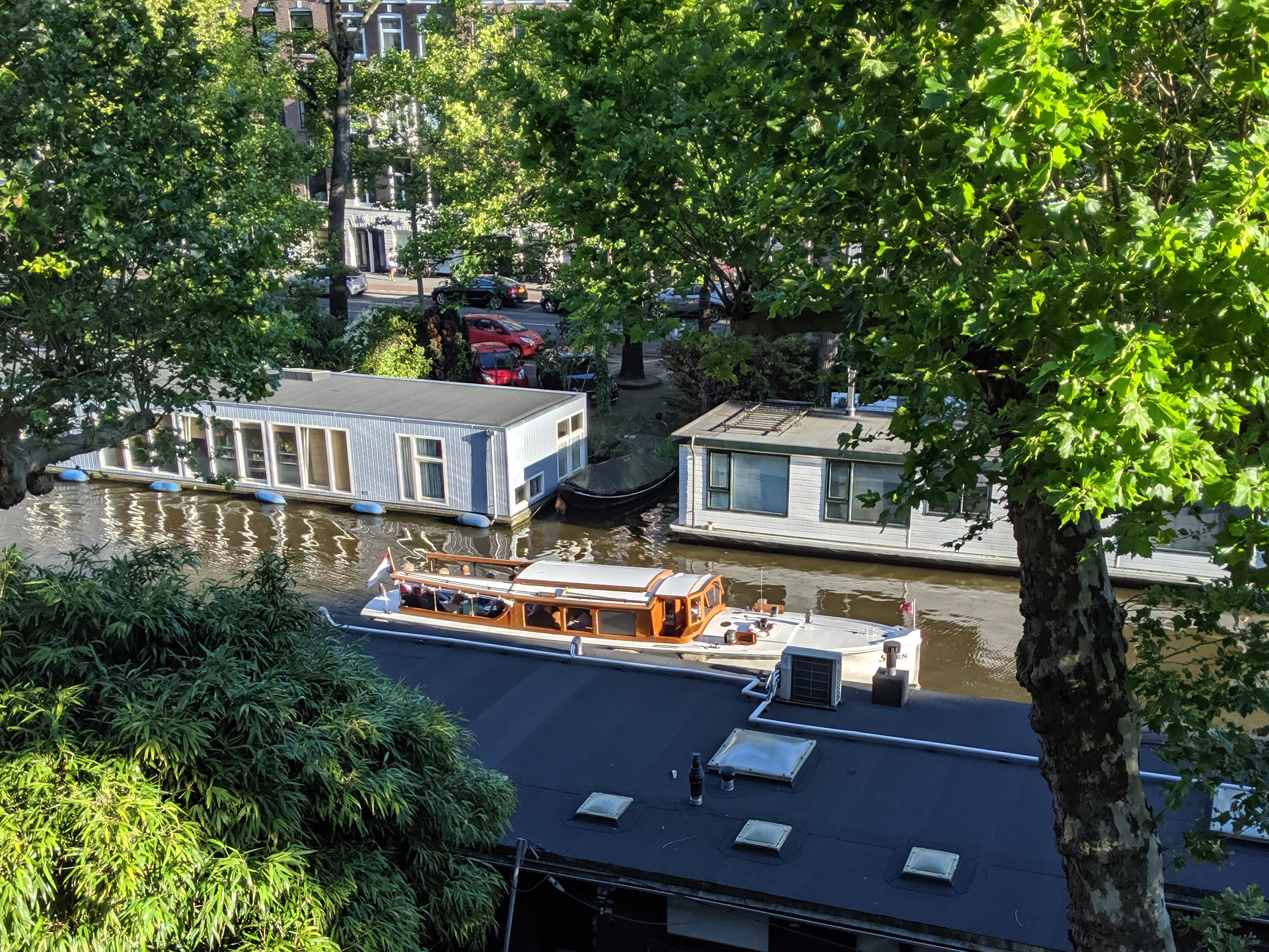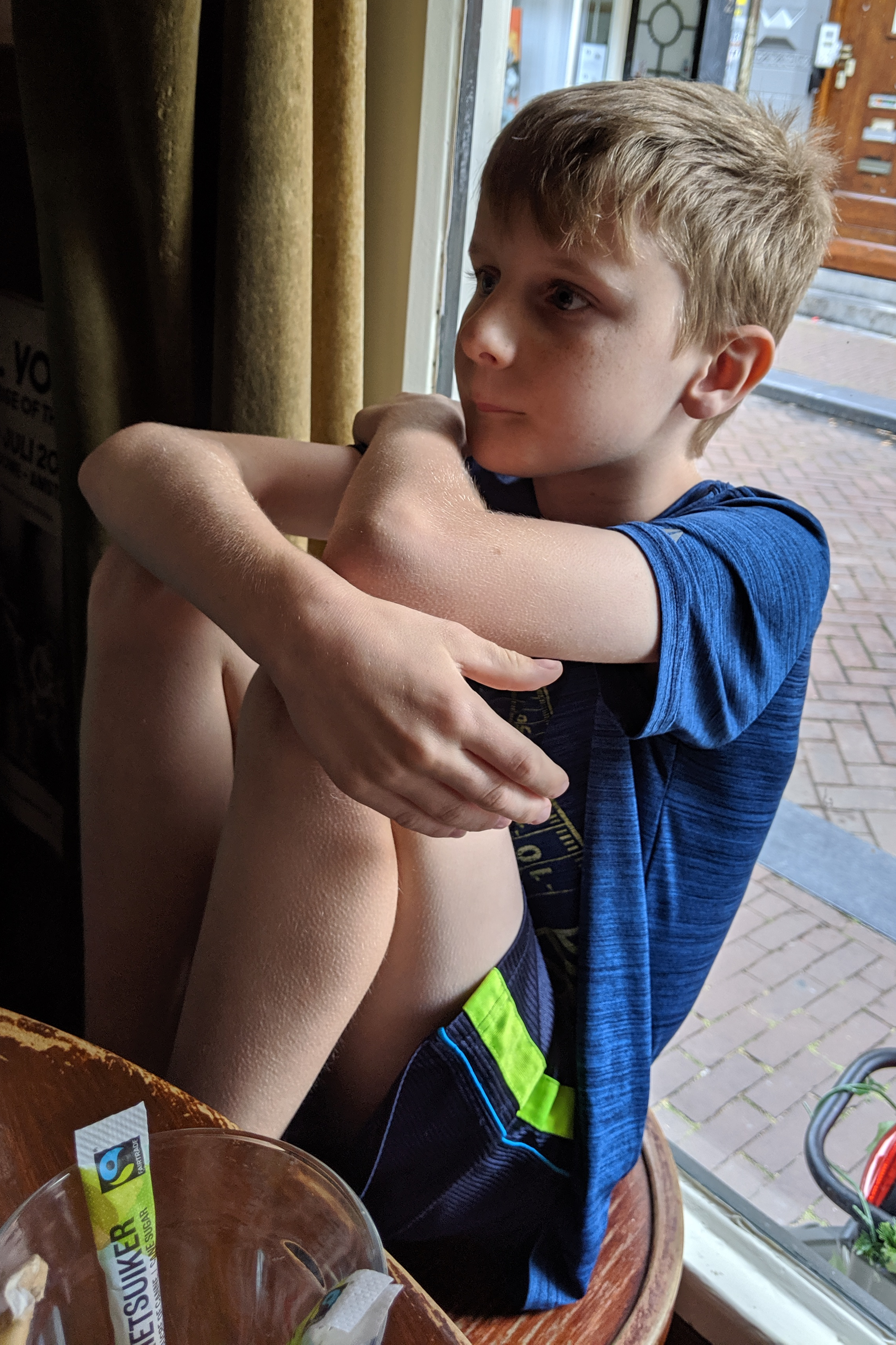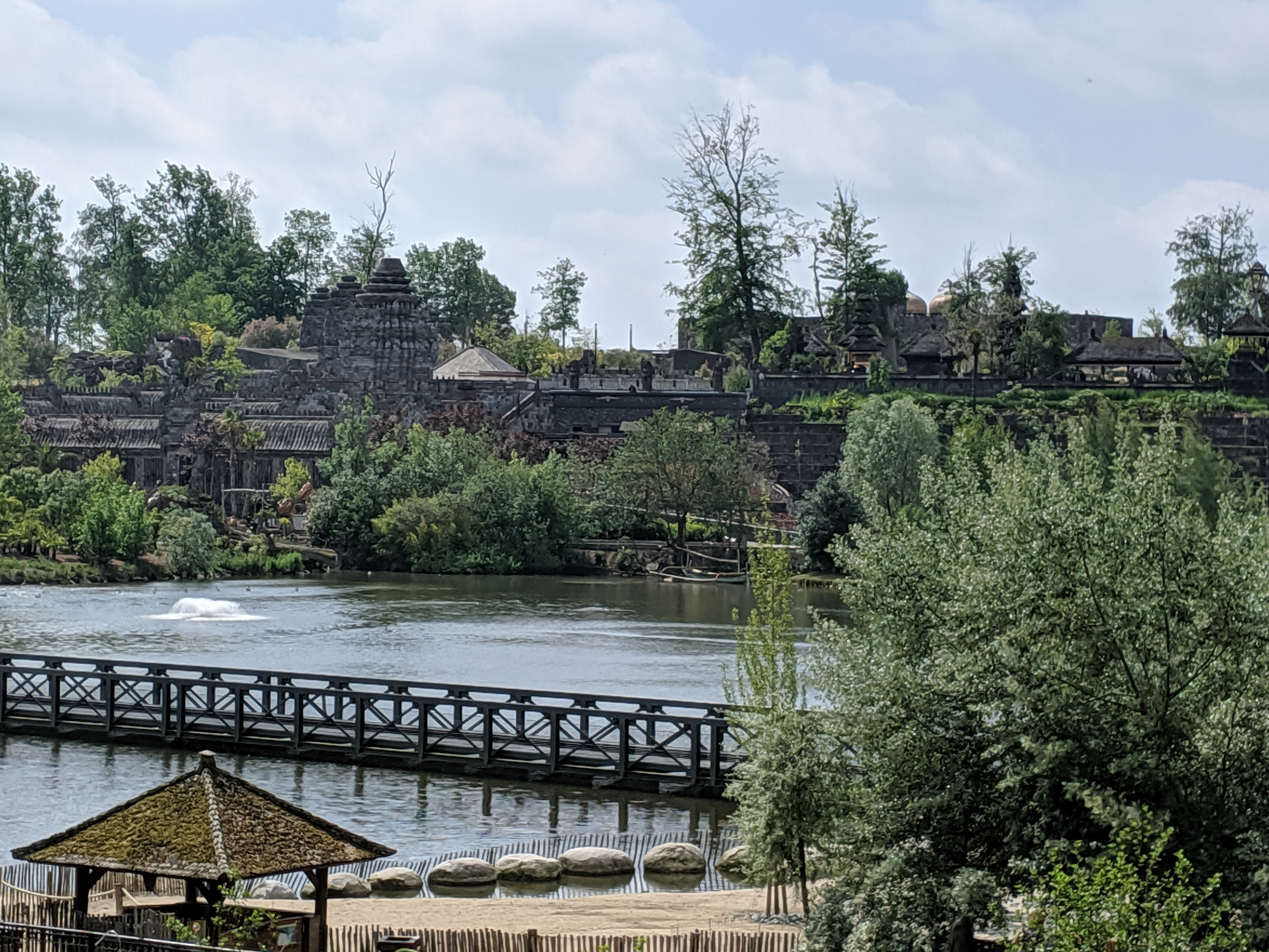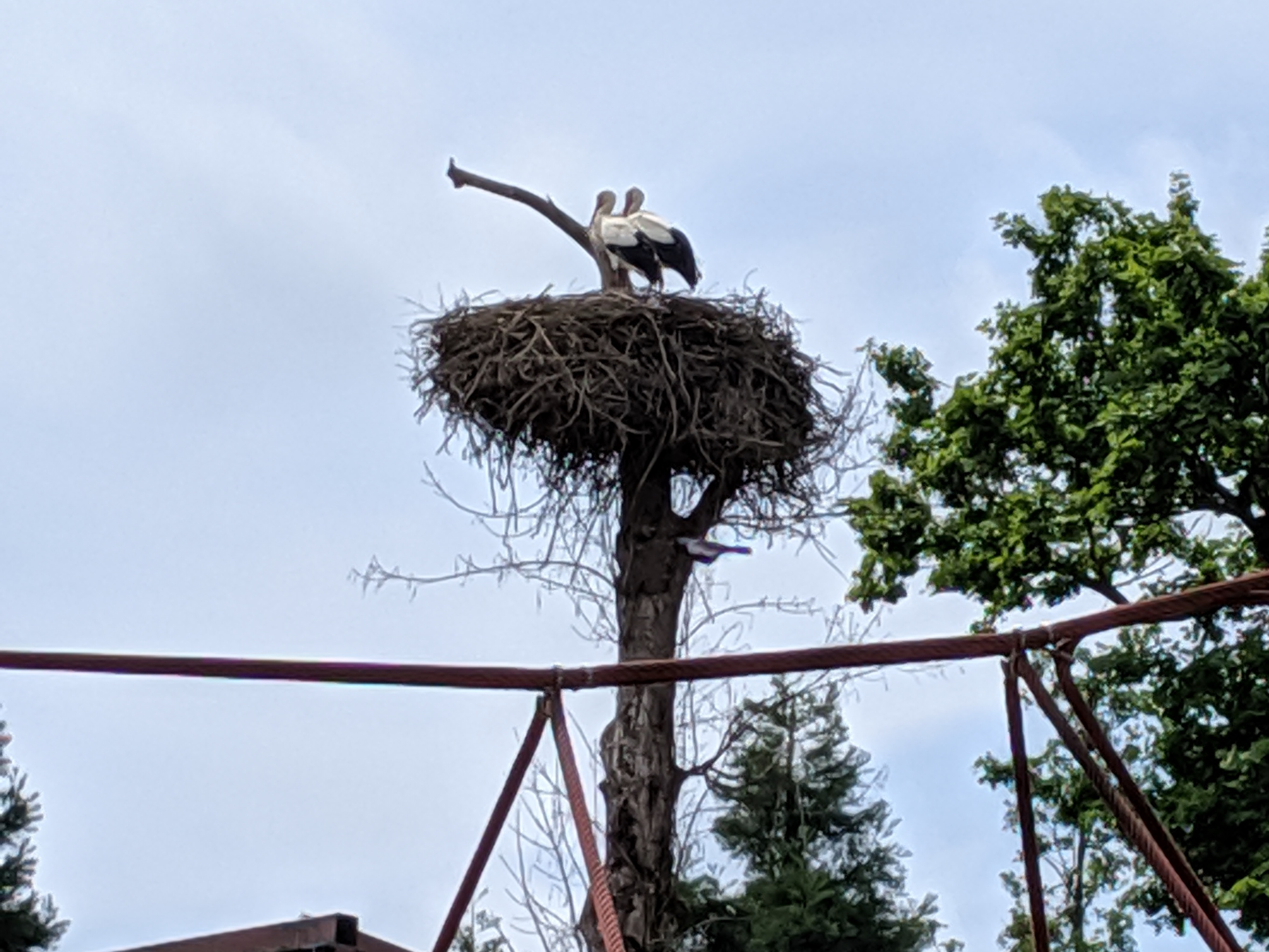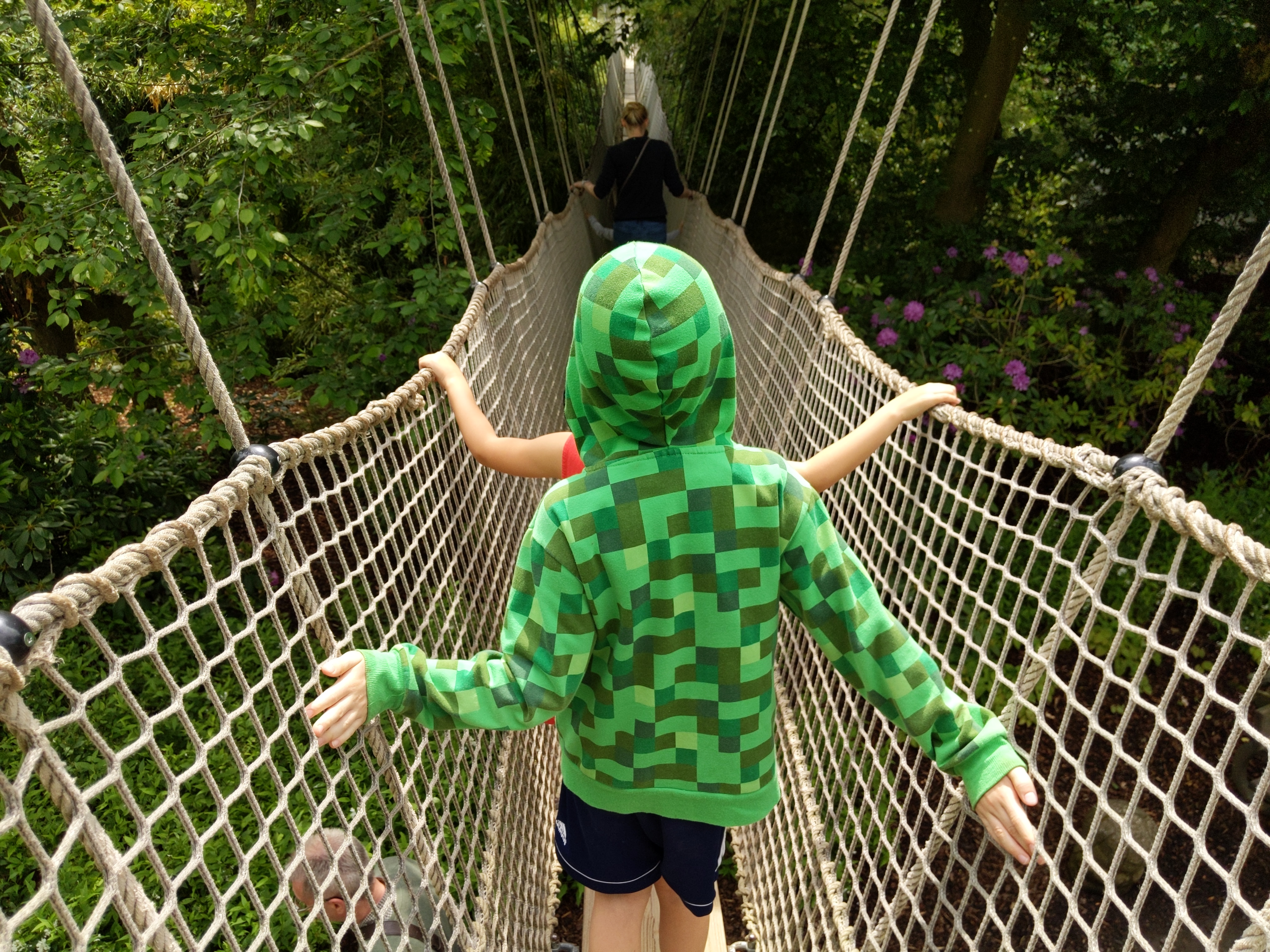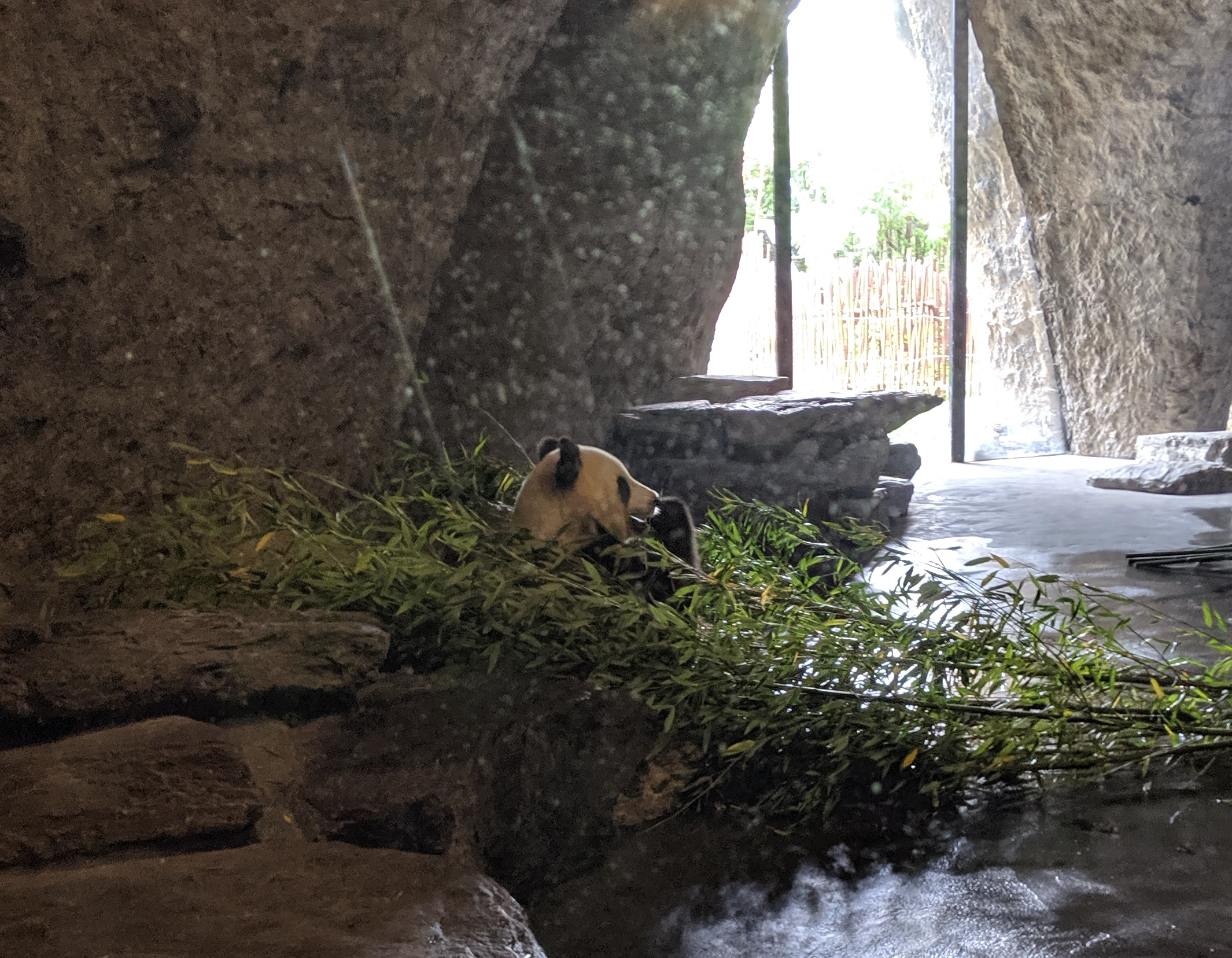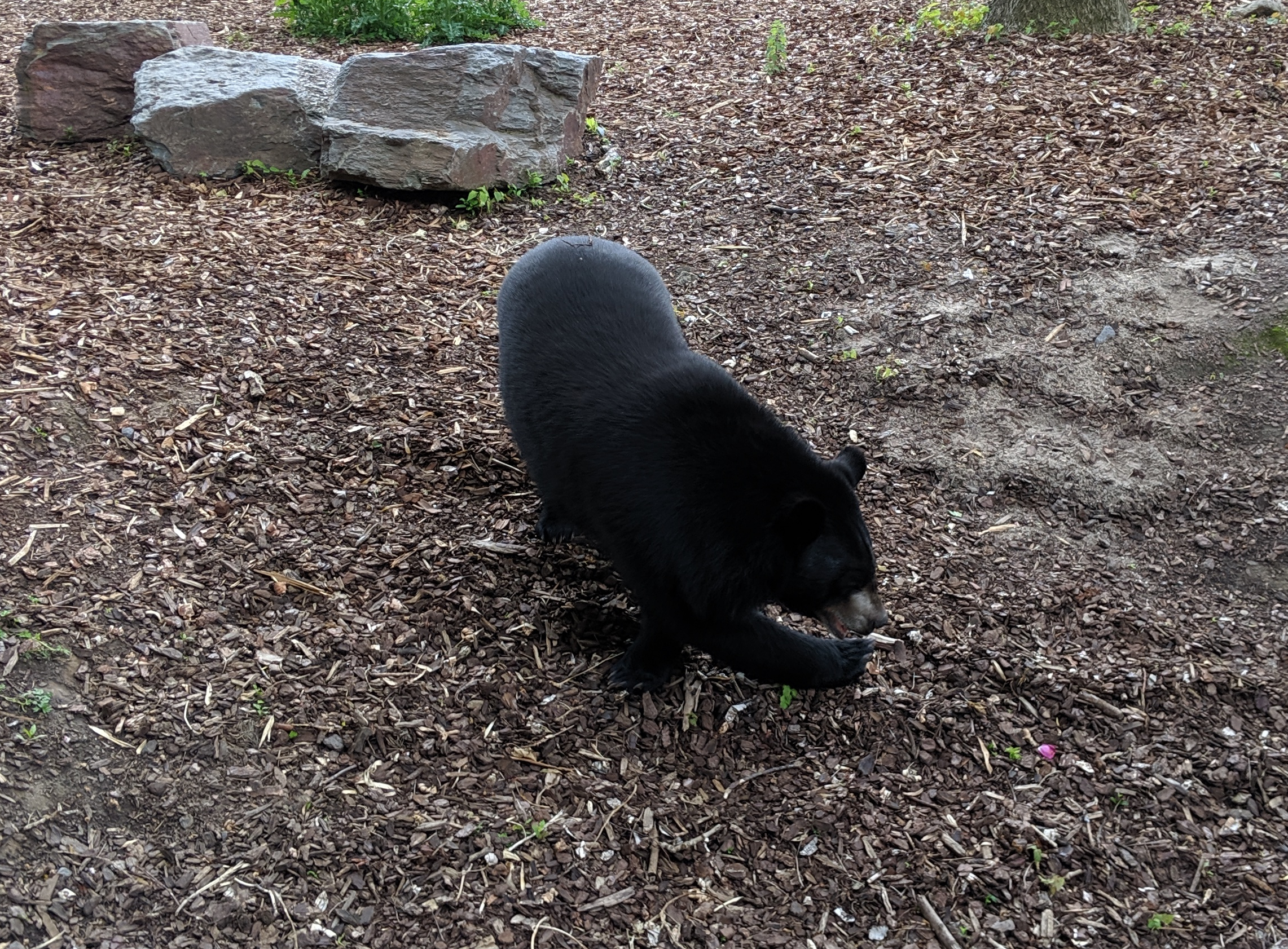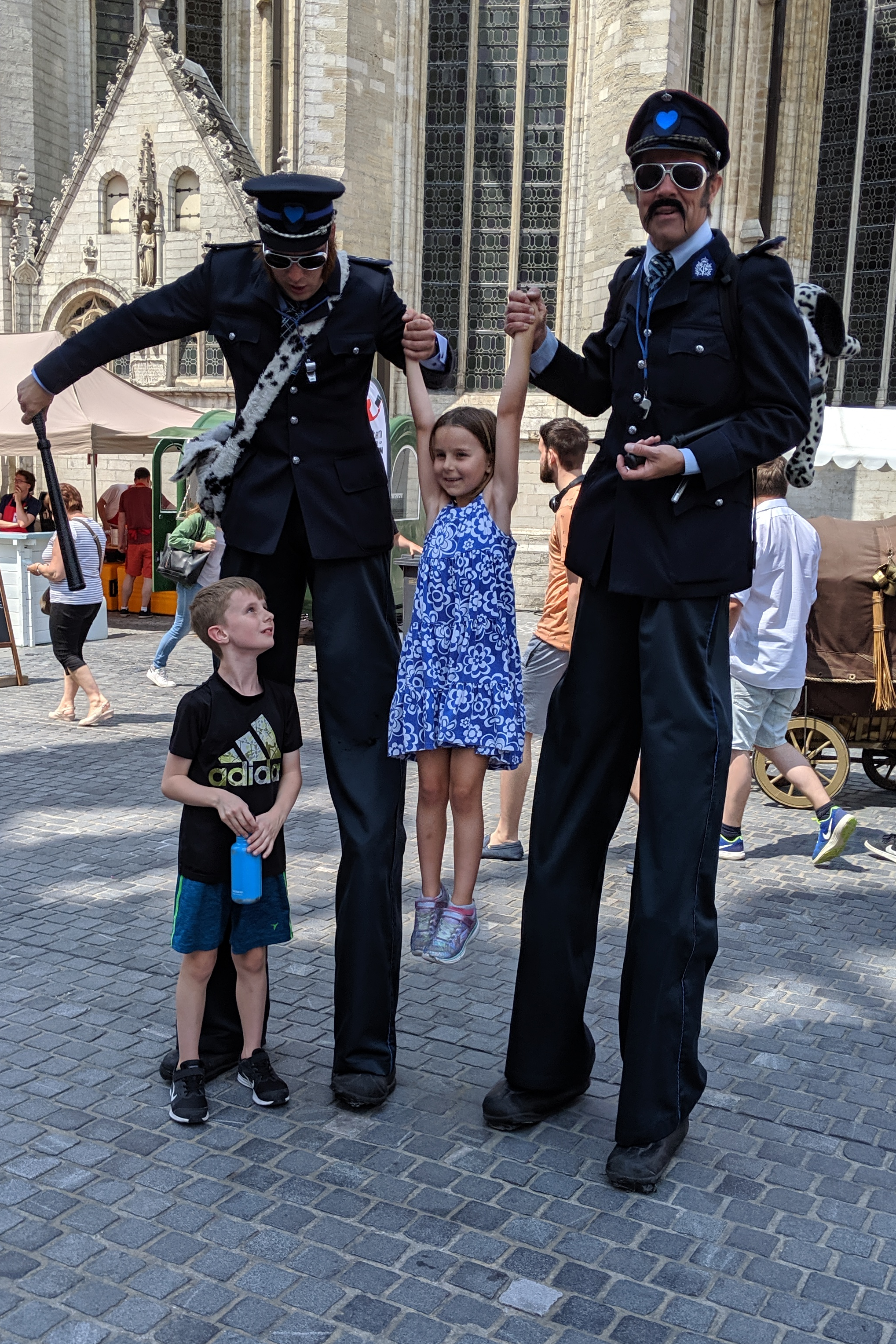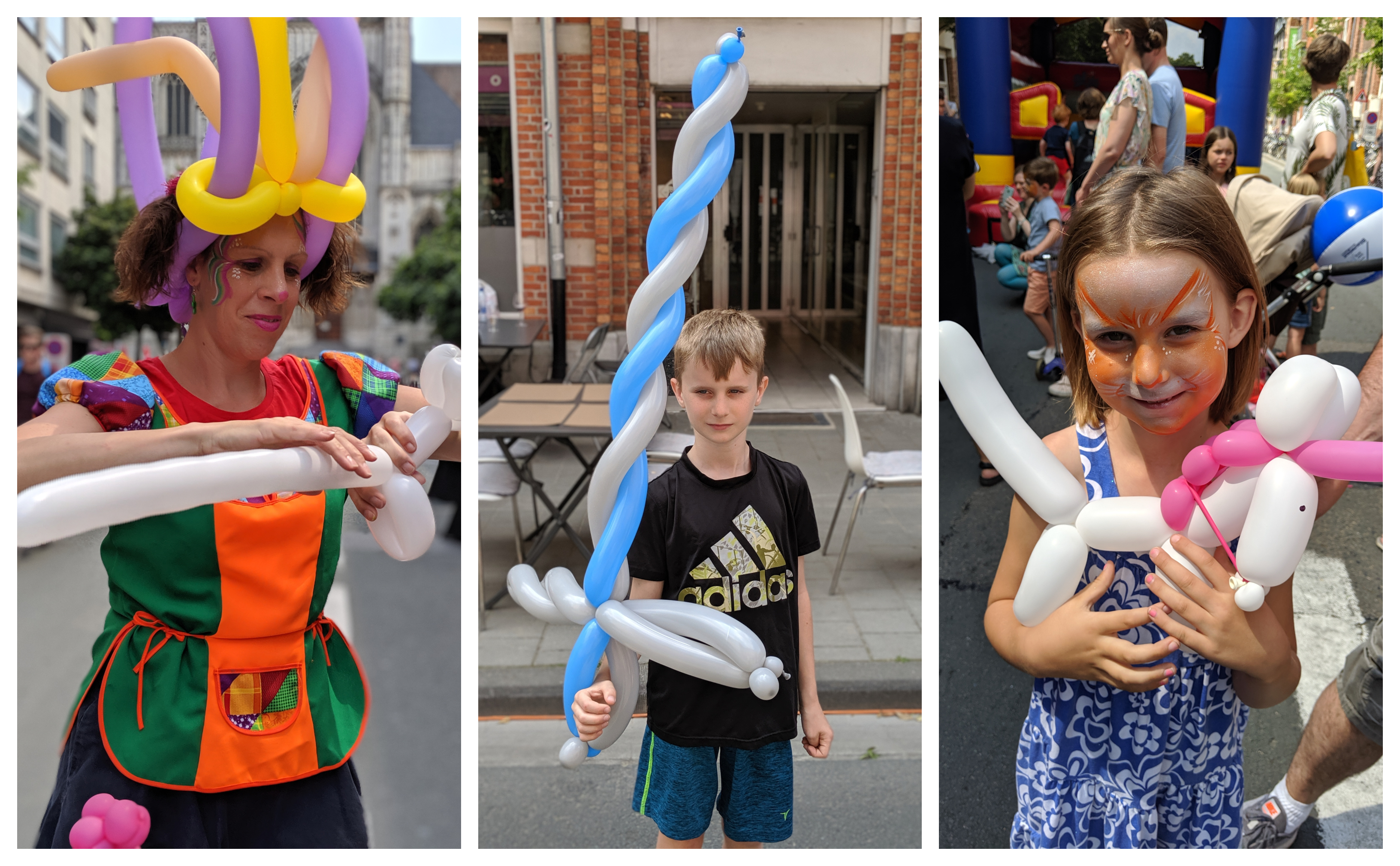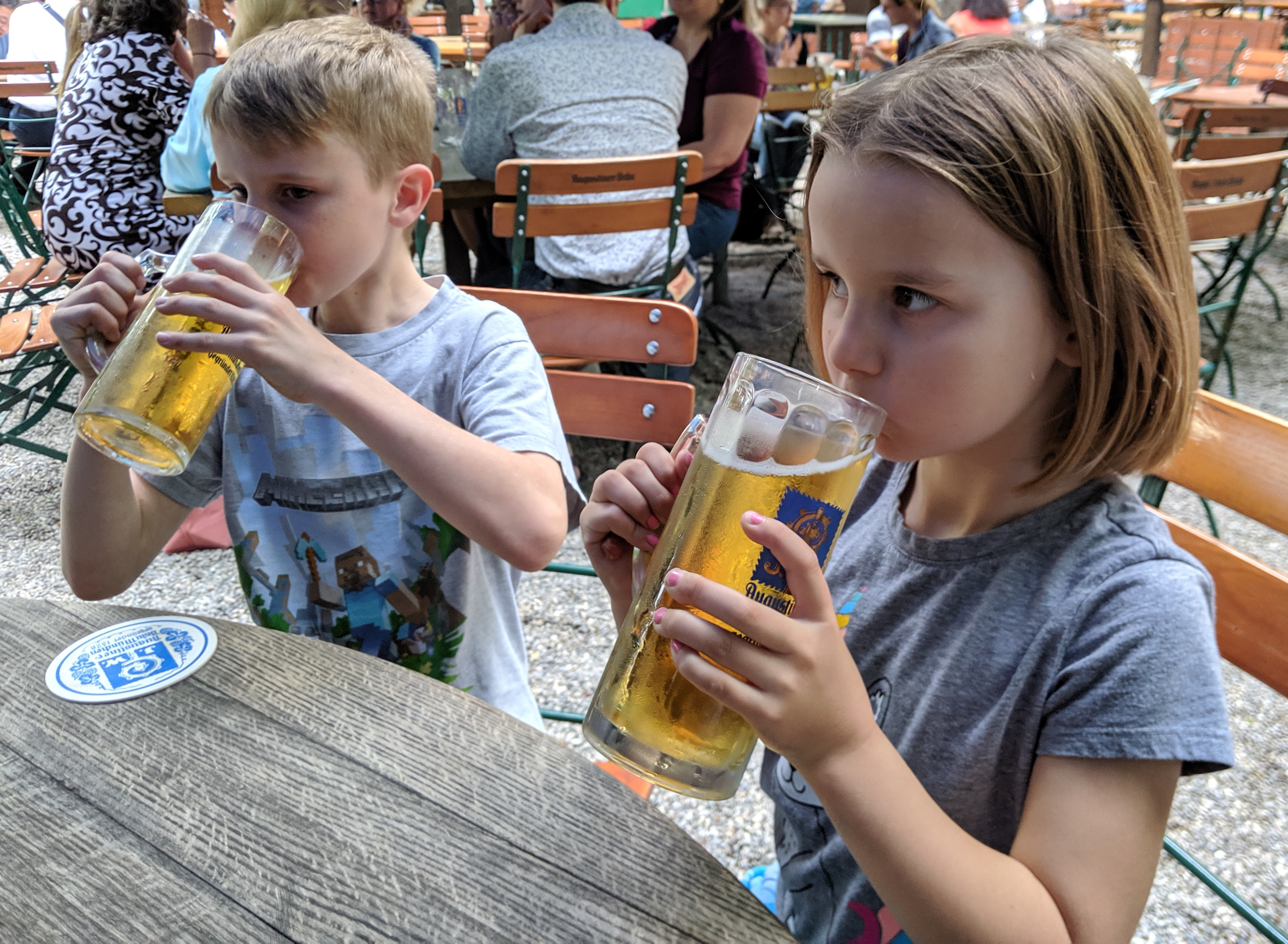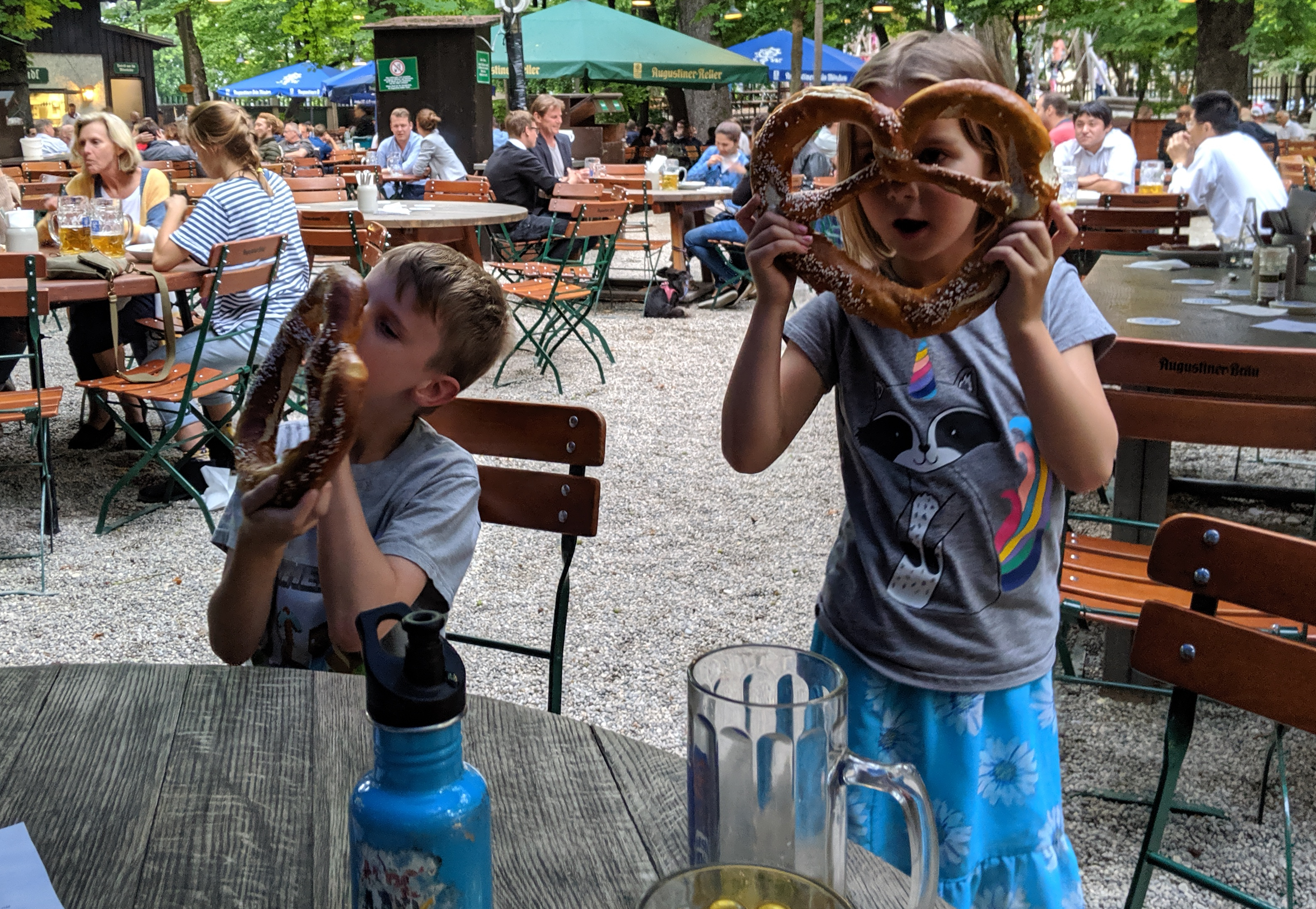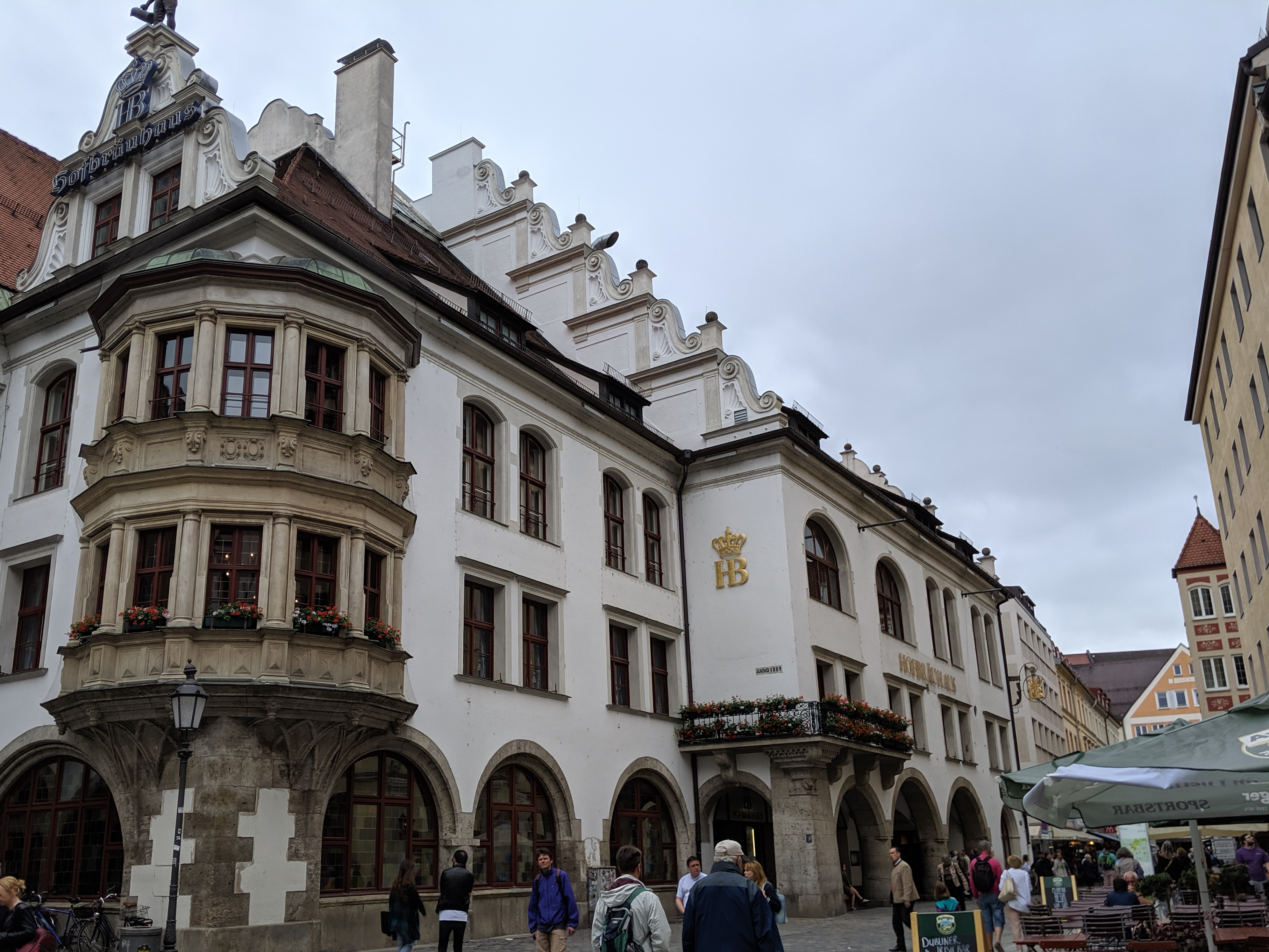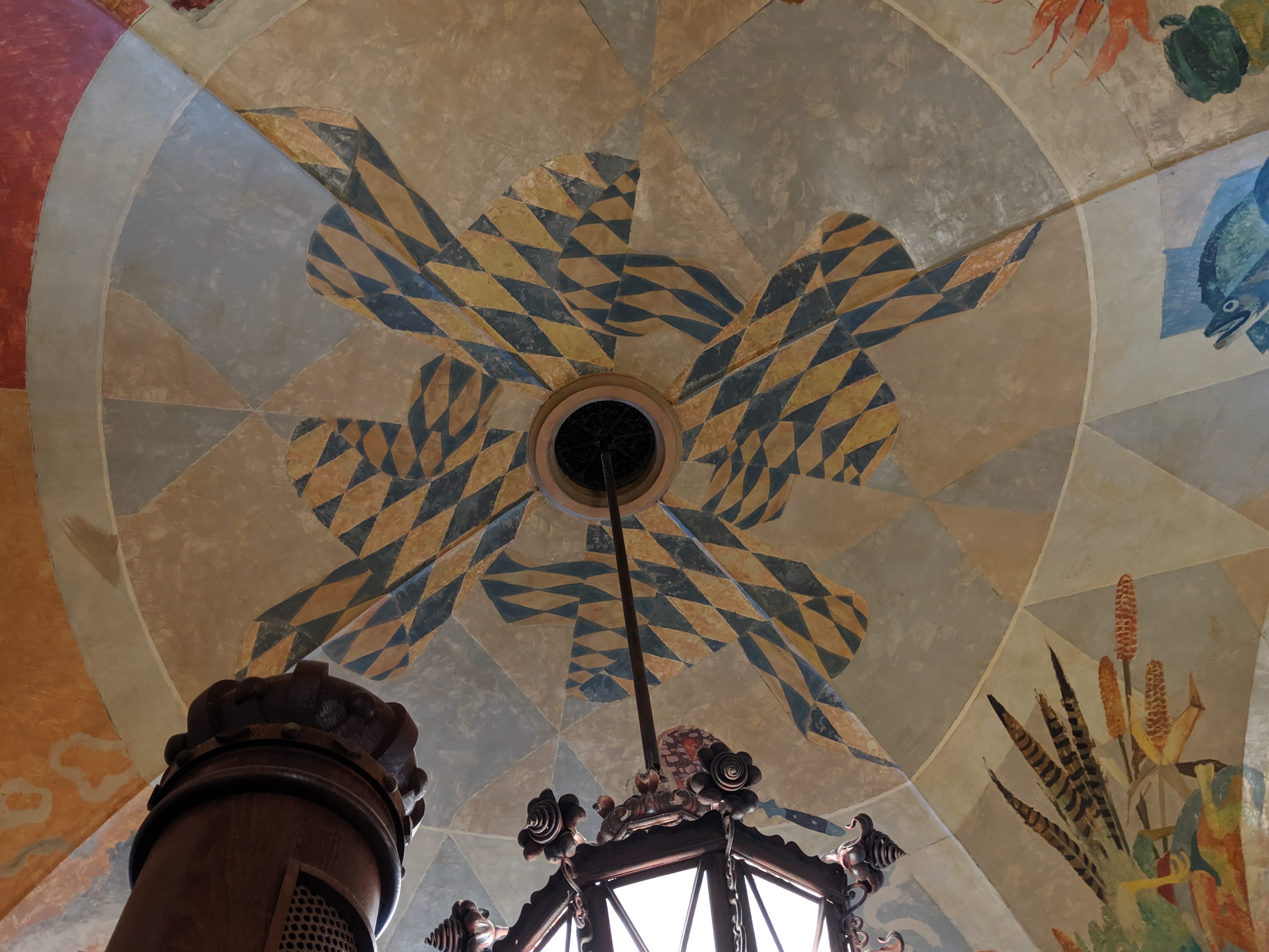
We interrupt this (not-so-) regularly scheduled blog to discuss having your kids home from school for an extended period of time. Friends, I am HERE for you. I know you probably think that because we homeschool, we are already on top of this. Let me tell you here and now that it isn’t the case. I am, however, far closer to knowing how to handle this now than I was before our time in Leuven. Living in Belgium, away from our usual social outlets such as Treehouse (twice weekly enrichment program) and jiu jitsu and field trips with friends, we got pretty good at being on our own. We still went to grocery stores and on fun outings, but there were a LOT of days in our apartment trying to keep the kids quiet. So, if you’re worried about needing to “school the kids at home” for a few weeks, I would be happy to tell you a few things that worked well for us. This list is written in the mindset that you are a working parent, and thus, you will need time to do your own work in addition to teaching your kids.
First up, if you don’t have a subscription to Curiosity Stream, it is the best $3 I spend in any given month. There are a ton of documentaries on there – plenty of nature and wildlife exploration, as well as history lessons. The videos vary in length and there are lots of series on there. If you need the kids to give you a little space while you are on a conference call or trying to balance your financial statements, this is where I’d start. My kids love Curiosity Stream. Isaac’s favorite has been the series called Speed that covers travel by land, sea, air, and space. Laine wants to watch Wild Horses of the Marshes this week. Their videos are appropriate for a variety of ages. My kids are in elementary school, but I frequently watch videos for my own interest.
My next suggestion: read to them. I’ll try not to overstate this one, but I’ll tell you that it’s the single best thing you can do for your kids. It improves their vocabulary, it helps them to hear how words are supposed to sound, and it builds your common language within your family. Do you hate reading aloud? Audiobooks are your best friends. You can borrow from your library through Overdrive/Libby or Hoopla. You can buy on Audible. Or, even better than Audible, you can use Libro.fm which will give a small percentage of their profits to your local bookstore. Austinites, I’m using this to support Lark & Owl in Georgetown. If your kids don’t want to sit still to listen and you need a mental break, I found that listening while I was prepping lunch and all of us were eating worked really well. Some of our recent favorite audiobooks have been Where the Mountain Meets the Moon and its related titles, The Land of Stories series (though I had to slow the speed on that because Chris Colfer reads at a gallop), and Dragon Rider which was read by Brendan Frasier. We love fantasy stories, so these are all of that ilk. We don’t write book reports on the books we read together, but we do discuss them and ponder what will happen next or what has been surprising about the story so far. If you have other titles with lots of action and adventure, please share them with me!
Games. If you follow me on Instagram or Facebook, you’ll have seen me use the hashtag #gameschooling. If you want to get totally overwhelmed with ideas, I encourage you to search it. I have one kid who can self-entertain and one who cannot. The one who doesn’t enjoy keeping themself busy playing single-player logic games such as Cat Stax, IQ Twist, Rush Hour, and Cat Crimes. Note: we do not own a cat. This may buy you a bit of time, but I’ll tell you our kids are generally more eager to play games if I’m joining in. It will also generally only work for a couple of days. Puzzles may also work if your kids are old enough to work them on their own. Or you can buy those PennyPress books from the grocery store and have them do word searches.
If your kids like workbooks, I have one who really enjoys Brain Quest workbooks. I have another who only writes under duress. Use what works best for your family. I used the Summer books because they were good confidence builders. I use them to reiterate what the kids have already learned, but I don’t use them as a primary learning tool.
There’s a list of museums you can tour from home if you’re interested. We haven’t done any of the virtual tours yet, but I’m looking forward to checking out the Rijksmuseum this week because we missed it while we were in Amsterdam.
If your kids are interested in learning to code, a free online resource for that is Kodu. Isaac has been taking an Outschool class to learn some tricks, but he made tremendous progress on his own just playing with the software. I also highly recommend Outschool for an amazing range of classes. Laine’s taken a 1-hour class on Drawing Cute Ponies and Isaac’s wrapping up a 6-week class on Video Game Design. The classes offered vary in length and cost, but we’ve been pleased with the ones we’ve done so far. Laine’s enrolled in a class on The Love of Cake Decorating next weekend. I am likely going to stay nearby for the cake decorating, but they have not needed my help for anything beyond starting the Zoom classroom thus far.
This is by no means a comprehensive list. If you’re looking for information on how to cover math or reading at home, I’m happy to help with that if you send me a message. I tried to keep this list to things the kids can do on their own.
If you are also a homeschool parent, what things might you add to this list? Maybe we can help a few parents as they try navigating these waters.
A final note: don’t push an agenda. If your kids hate it and you’re fighting on school work, take a break. The relationships are so much more important than anything you may or may not teach them. These resources were shared to make life easier. If they don’t, don’t use them. Take what works and discard the rest. Bake brownies and watch a Coyote Peterson video on YouTube. Or have a dance party in your kitchen. Or hide in your closet for 2 minutes and savor a piece of chocolate. Give yourself grace during this time. This is a LOT of togetherness and there’s a decent chance your temper will snap at least once. It happens to all of us. I wish your family peace and health as we all get through this together.
*Final note: none of these links are affiliate links. I don’t get any money for sharing anything. I’m sharing what works for my family.




